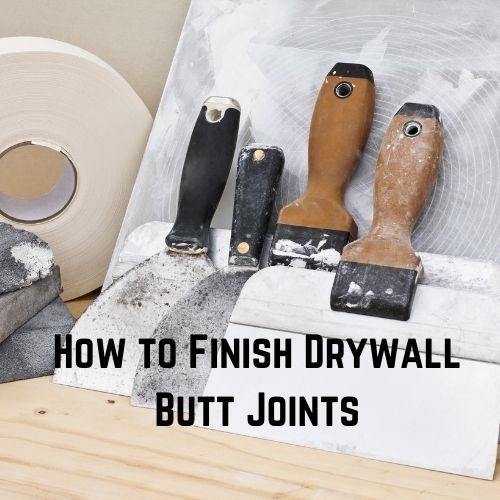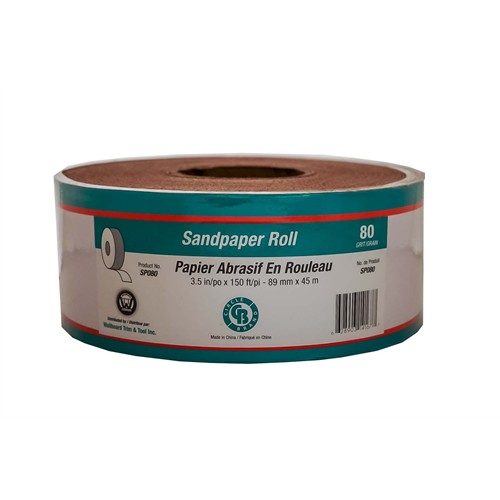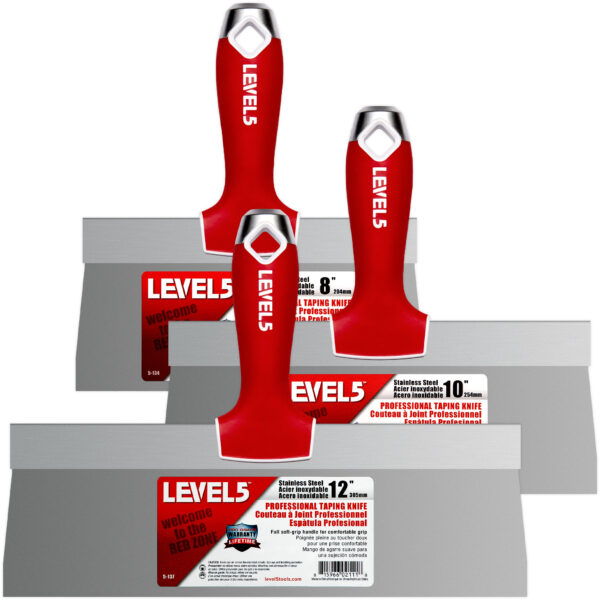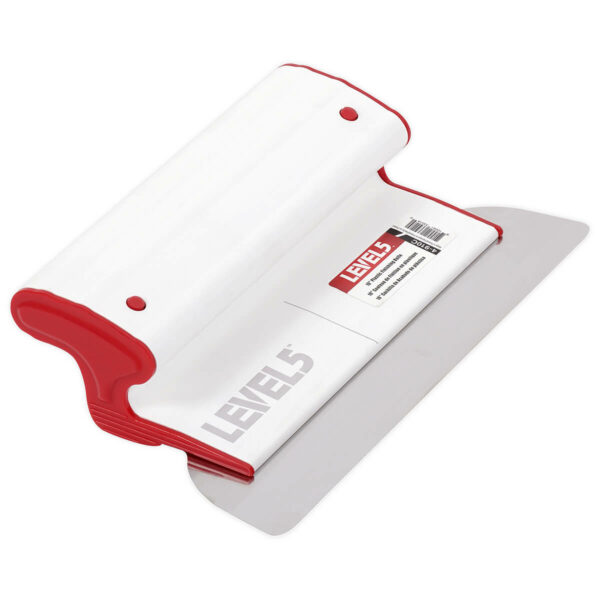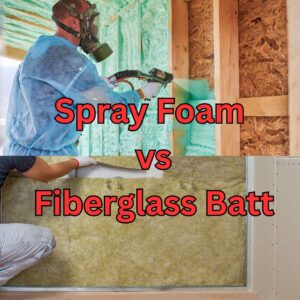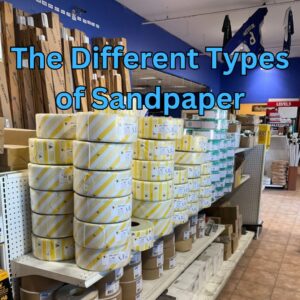Drywall butt joints are dreaded even by the most accomplished drywaller. In fact, many drywall installers outsource their taping to professional tapers so they do not have to deal with the messy and frustrating aspects of taping such as butt joints. Butt joints may seem difficult to handle but after reading this article you are going to wonder what was the issue in the first place. First we will get into what drywall joints are
What Are Drywall Joints?
Drywall joints are when two sides of a drywall meet together. These joints will need to be taped together to create a smooth drywall finish. When working with drywall there are two different kinds of joints you will need to tape.
Tapered Joints
The first and most common type of joint is known as a tapered joint. A tapered joint is a type of joint that forms when the length side of drywall meets with another lengthwise panel of drywall. This is the most ideal type of joint since the sides of a panel of drywall are machined down previously allowing for a recessed area. Filling in the recessed area is much easier than a butt joint. This is because when the tape and compound is applied the finish will be a smooth flat finish.
Butt Joints
Butt joints are the second type of joint and it is the least preferred joint between the two. This forms when the width side of the drywall board meets each other. These sides are not thinned down and have the same thickness as the rest of the drywall board. Due to this, it makes tapping these type of joints much more difficult compared to tapered joints. Incorrectly taping and coating this joint will create a noticeable bump in the wall.
Tools For Taping Drywall Butt Joints
-
Level 5 Stainless Steel Drywall Taping Knife Set
Rated 5.00 out of 5Drywall FinishingCAD $72.32CAD $68.70
Paper Joint Tape
Paper joint tape is preferred over mesh tape when taping butt joints.
Joint Compound
Compound is used for the first and second coat of compound for taping drywall butt joints.
6-Inch Joint Knife
The 6-inch knife is used for applying the first coat of compound.
12-Inch Joint Knife
The 12-inch joint knife is used for feathering out the second coat of compound.
Sander & Sandpaper
Sanders and sandpaper are for smoothing the surface after the second coat is applied.
The Steps To Finishing Drywall Butt Joints
Step 1 Countersink Your Fasteners
Whether you are using nails or screws, inspect each head that is within 12-inches of the butt joint you will be taping is at least ⅛-inch below the drywall surface. If your screw or nail heads are sticking out or flush against the drywall this will provide a more difficult task in creating your compound slope.
Step 2 Use Paper Tape For Butt Joints
Many drywall tapers prefer using paper tape in general however, in this case it is recommended to use paper tape for taping butt joints. The reason paper tape is preferred is because it isn’t as thick as paper mesh tape. Having a thicker tape will result in bulges and texture pop out.
Step 3 Apply The First Coat Of Compound
Using the 6-inch joint knife, cover the entire tape with a thin layer of drywall compound. Press hard while applying the mud and make sure there are no bubbles or gaps under the tape. Then let the mud dry entirely.
Step 4 Feather Out A Second Coat Of Compound
After the first coat is dried, using the 12-inch joint knife, apply a second coat of drywall compound. Feather the outside edges while applying the second coat. Ensure the mud from the second coat overlaps the mud from the first coat. Smooth out and blend the mud with drywall . The goal is to eventually create a mound. Once you are done let the compound sit until dried.
Step 5 Sand If Necessary
The last step in taping a butt joint is to sand it smooth and feather excess mud into the wall. Exercise caution while doing so that you do not dig into drywall paper with your sander. Once done, clear the dust from the walls before moving into the next stage of your drywall job.

